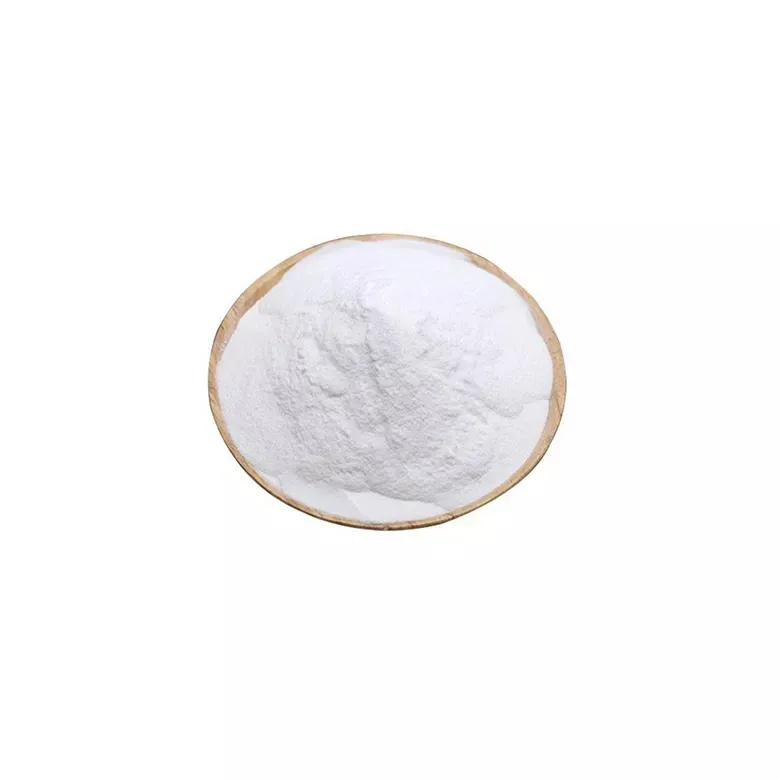Warning: Undefined array key "title" in /home/www/wwwroot/HTML/www.exportstart.com/wp-content/themes/1198/header.php on line 6
Warning: Undefined array key "file" in /home/www/wwwroot/HTML/www.exportstart.com/wp-content/themes/1198/header.php on line 7
Warning: Undefined array key "title" in /home/www/wwwroot/HTML/www.exportstart.com/wp-content/themes/1198/header.php on line 7
Warning: Undefined array key "title" in /home/www/wwwroot/HTML/www.exportstart.com/wp-content/themes/1198/header.php on line 7
- Afrikaans
- Albanian
- Amharic
- Arabic
- Armenian
- Azerbaijani
- Basque
- Belarusian
- Bengali
- Bosnian
- Bulgarian
- Catalan
- Cebuano
- China
- China (Taiwan)
- Corsican
- Croatian
- Czech
- Danish
- Dutch
- English
- Esperanto
- Estonian
- Finnish
- French
- Frisian
- Galician
- Georgian
- German
- Greek
- Gujarati
- Haitian Creole
- hausa
- hawaiian
- Hebrew
- Hindi
- Miao
- Hungarian
- Icelandic
- igbo
- Indonesian
- irish
- Italian
- Japanese
- Javanese
- Kannada
- kazakh
- Khmer
- Rwandese
- Korean
- Kurdish
- Kyrgyz
- Lao
- Latin
- Latvian
- Lithuanian
- Luxembourgish
- Macedonian
- Malgashi
- Malay
- Malayalam
- Maltese
- Maori
- Marathi
- Mongolian
- Myanmar
- Nepali
- Norwegian
- Norwegian
- Occitan
- Pashto
- Persian
- Polish
- Portuguese
- Punjabi
- Romanian
- Russian
- Samoan
- Scottish Gaelic
- Serbian
- Sesotho
- Shona
- Sindhi
- Sinhala
- Slovak
- Slovenian
- Somali
- Spanish
- Sundanese
- Swahili
- Swedish
- Tagalog
- Tajik
- Tamil
- Tatar
- Telugu
- Thai
- Turkish
- Turkmen
- Ukrainian
- Urdu
- Uighur
- Uzbek
- Vietnamese
- Welsh
- Bantu
- Yiddish
- Yoruba
- Zulu
Dec . 14, 2024 18:57 Back to list
The Role of Saccharin in Modern Diets and Sweetener Alternatives
The Function of Saccharin A Sweet Alternative
Saccharin, one of the oldest artificial sweeteners, has been a topic of interest and debate since its discovery in the late 19th century. Its unique properties and functions have made it a staple in the food and beverage industry, particularly for those seeking an alternative to sugar. This article explores the function of saccharin, its history, applications, safety, and the ongoing discourse surrounding its use.
Historical Context
Saccharin was discovered in 1879 by a researcher named Constantin Fahlberg while he was working on coal tar derivatives. The sweet taste of the compound was identified accidentally when Fahlberg tasted some of the substances he had been working on. Following its discovery, saccharin quickly gained popularity as a sugar substitute, especially during World War I and II when sugar became scarce. Its stability and intense sweetness—approximately 300 to 400 times sweeter than sucrose—enabled it to serve as an ideal preservative for food products.
Functional Properties
The primary function of saccharin is as a sweetening agent. Due to its high sweetness intensity, only a small amount is required to achieve a desired level of sweetness, which means it contributes minimal calories to food and beverages. This characteristic makes saccharin particularly appealing to individuals looking to reduce caloric intake, manage weight, or control blood sugar levels.
In addition to its sweetening capabilities, saccharin serves other functional roles in food processing. It enhances flavor profiles, masks bitterness in certain products, and can improve the overall palatability of low-calorie or sugar-free foods. As a result, saccharin has found its way into a wide variety of consumer products, including soft drinks, baked goods, candies, and table-top sweeteners.
Health and Safety Concerns
saccharin function

While saccharin has been widely used for over a century, its safety has often been questioned. In the 1970s, animal studies suggested a potential link between saccharin consumption and bladder cancer, leading to a temporary ban on its use and labeling requirements. However, subsequent research indicated that the results from these studies did not directly apply to humans.
In 2000, the U.S. National Toxicology Program removed saccharin from its list of potential carcinogens, and the FDA declared it safe for consumption. Many health organizations, including the World Health Organization (WHO) and the American Dietetic Association, have determined that saccharin poses no significant health risk to consumers when consumed within established daily intake levels.
Current Usage and Future Outlook
Saccharin continues to play a significant role in the food industry, particularly in the market for low-calorie products. Given the rising prevalence of obesity and diabetes, demand for sugar substitutes has surged. Saccharin has successfully positioned itself as an affordable sweetening agent in many formulations, including dietary and diabetic-friendly products.
Nevertheless, as consumer preferences shift toward more natural sweeteners, such as stevia and erythritol, the future of saccharin may face challenges. The increasing demand for clean-label products—those free of artificial additives—could impact saccharin’s popularity. However, the ongoing research into artificial sweeteners and their potential applications keeps open the door for saccharin to remain relevant in certain niches.
Conclusion
In summary, saccharin serves an important function as a sweetener, offering an alternative to traditional sugar with minimal caloric input. Its rich history and established safety profile allow it to maintain a significant presence in the food industry, catering to health-conscious consumers and those with dietary restrictions. While the trend toward natural sweeteners may pose challenges, saccharin's unique properties and efficacy ensure that it will continue to find its place in the ever-evolving landscape of food and beverage production. As research and innovation progress, saccharin may adapt and find new applications, further solidifying its role in the quest for sweetness without the calories.
Latest news
-
Certifications for Vegetarian and Xanthan Gum Vegetarian
NewsJun.17,2025
-
Sustainability Trends Reshaping the SLES N70 Market
NewsJun.17,2025
-
Propylene Glycol Use in Vaccines: Balancing Function and Perception
NewsJun.17,2025
-
Petroleum Jelly in Skincare: Balancing Benefits and Backlash
NewsJun.17,2025
-
Energy Price Volatility and Ripple Effect on Caprolactam Markets
NewsJun.17,2025
-
Spectroscopic Techniques for Adipic Acid Molecular Weight
NewsJun.17,2025

